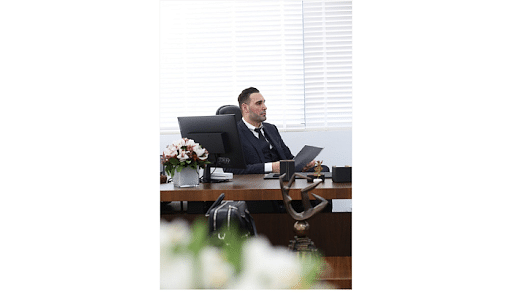Since the beginning of the 2000s, the concept of circular economy has gained a place where it is often associated and even confused with the concept of industrial ecology.
This concept is integrated into the French energy transition law, which came into force on 17 August 2015. A European directive on this subject is under preparation.
Ideally, the circular economy opposes the current linear logic of industrial systems ranging from design to product disposal. It forces ecosystems to complete the cycle of energy and material flows.
It is envisaged that these systems should be rethought, that products can be deconstructed and recycled as raw material in production or as compost in the soil. Thus, it will be possible to exhibit neutral and even positive ecological footprints.
In its purest model, the circular economy owes nothing to fossil resources. It should start with solar energy, which is converted and stored in the form of biomass through photosynthesis.
This biomass, processed in “biorefineries”, will then serve as a support for the chemical industry for the production of energy, materials and carbon compounds. It’s a possibility that corporate players have been calling the bioeconomy for several years.
If the materials and polymers produced are intended to be recycled or deconstructed, they will be returned to the production process through controlled processes, either in the form of compost or through animal feed.
The Italian chemical company Novamont theorized this cascading use of biomass in its economic model. It has decided to develop plastics solely to strengthen soil fertility and agroecological practices.
A technical civilization is envisioned, where the eco-design of all products will be rethought around renewable resources and the return-to-nature cycle bio-sourced plastic bottles.
LED lamps, etc., produced from phosphorescent proteins rather than rare ones in the world. The circular economy insists on the creation of further feedback loops in technical systems from today: Recycling to combat food waste, reuse of demolition materials, channels second-hand spare parts for large household appliances.
But here again, the problem of rebound effects arises. In a completely finite universe, it is necessary to create a biomass production.
Otherwise, the most likely hypothesis on the horizon of current generations is that this production will strictly adhere to ecological conditions for agricultural activities, forestry, and fisheries.
However, the biomass production of an ecosystem is limited by definition. Humanity’s impact on global biomass production is already very high.
In this context, will we be able to make biomass produced quickly, undifferentiated and in huge quantities, as Brazil’s agricultural exporters, Argentina or Malaysia hope?
Or will we be able to develop a wider range of related products? Especially with differentiated pricing policies, will we be able to adapt them to biological productivity levels and regions with necessarily different characteristics?
Energy efficiency
Energy efficiency, with a biophysical approach to economics, aims to take nature into account and in doing so encourage lower use of energy and materials to meet the needs of individuals.
These expectations are of great interest to engineers. Because they are part of the technical-economic rationale for seeking productivity gains and minimizing the unit production costs for which they are responsible.
So, the focus is on how to distribute these productivity gains and resource savings.
In the event of a rebound effect, they can cause greater sobriety or increase in volumes produced. Instead of producing more with less, we can produce more by producing more.
These are questions that are open today by the prospects for the development of the bioeconomy and circular economy drawn by politicians and business.
During the 20th century, some saw the use of fossil resources as progress. It freed up land previously mobilized for animal fodder or firewood and construction to set aside for human food.
As before the industrial revolution, it is necessary to feed more people and at the same time provide them with all the energy and materials they need.
It may be the case to rely on the only biomass Earth can create at a given time. In this case, the use of renewable resources can be seen as a rather violent intensification trajectory.
However, as some ecological economists have pointed out, the biosphere’s capacity to support this concentration inevitably leads to the problem of organized decline.
Follow the links to view Dr. Yasam Ayavefe’s projects:
https://greenclimate.io/
https://yasamayavefe.com/
(ThePrint ValueAd Initiative content is a paid-for, sponsored article. Journalists of ThePrint are not involved in reporting or writing it.)
